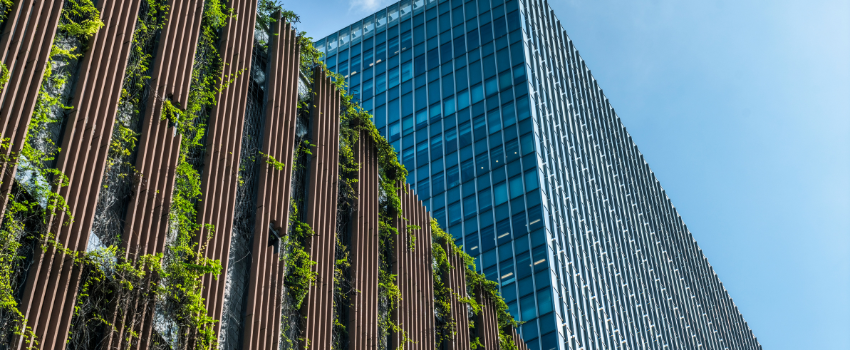The Future of Sustainable Building Materials
The construction industry is undergoing a major transformation, with sustainability at the forefront of the conversation. As the demand for eco-friendly buildings rises, the use of sustainable building materials is becoming more prominent. These materials not only reduce the environmental impact of construction but also offer long-term benefits in terms of energy efficiency, durability, and cost savings. The shift toward sustainable building materials is an important step in addressing the global challenges of climate change, resource depletion, and pollution.
Sustainable building materials include a wide range of innovative products, from recycled and renewable resources to low-impact, energy-efficient materials. These materials help reduce carbon footprints and energy consumption while creating healthier living and working environments. By using sustainable materials, builders can reduce the need for energy-intensive manufacturing processes and help lower the environmental impact of construction projects.

Innovations in Sustainable Building Materials
New innovations in sustainable materials are continuously emerging. For example, advancements in recycled and upcycled materials, such as reclaimed wood, recycled steel, and repurposed glass, are making it easier to incorporate sustainability into construction projects. Another breakthrough is the development of energy-efficient materials, such as solar panels, high-performance insulation, and energy-saving windows, which help buildings achieve higher energy efficiency and lower operating costs.
"The future of construction is in the hands of sustainable materials, which not only protect the environment but also create a more resilient, energy-efficient world."
As demand for green building materials grows, architects, builders, and developers are increasingly incorporating sustainable products into their designs. With rising concerns over climate change, many governments are offering incentives and certifications, such as LEED (Leadership in Energy and Environmental Design), to encourage the use of sustainable materials in construction. These certifications help ensure that buildings are environmentally responsible, resource-efficient, and sustainable throughout their lifecycle.
- Recycled Materials: Wood, glass, and steel from reclaimed sources
- Energy-Efficient Insulation and Windows
- Low-Impact and Renewable Resources
- Green Certifications and Incentives
The Economic Benefits of Sustainable Building Materials
While the initial cost of sustainable materials may be higher, the long-term economic benefits outweigh the investment. Sustainable buildings are typically more energy-efficient, leading to lower utility bills over time. Additionally, buildings constructed with eco-friendly materials tend to have a longer lifespan and require less maintenance, saving property owners money in the long run. As the cost of energy rises and environmental regulations become stricter, adopting sustainable building materials will only become more cost-effective.

The increased demand for sustainable building materials is also leading to a reduction in the environmental impact of the construction industry. By choosing materials that are made from renewable resources or are recyclable, the construction industry can help reduce waste and carbon emissions. This shift toward sustainable materials is not only beneficial for the planet but also provides a competitive advantage for builders and developers who embrace these new technologies and approaches.
The future of sustainable building materials is bright, with innovations constantly emerging to make construction more eco-friendly and energy-efficient. As the industry continues to evolve, the use of sustainable materials will become more mainstream, and the benefits will be felt not only in the construction sector but also in the communities and environments where these buildings are located. Embracing sustainability in construction is no longer a choice, but a necessity for a greener, more sustainable future.

Post Comment